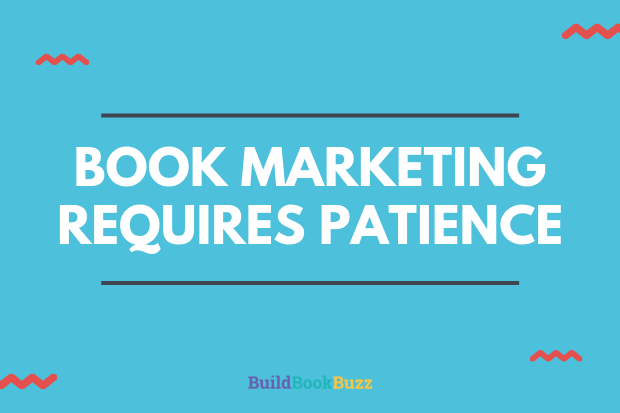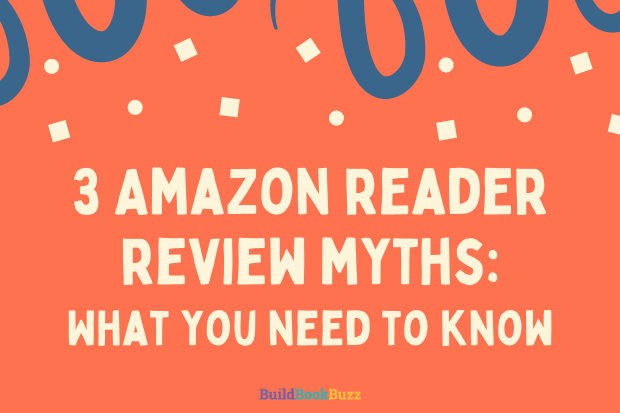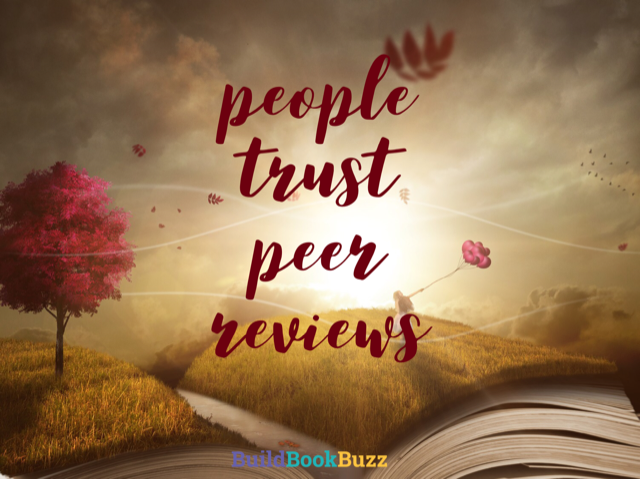Finding the hidden news hooks in your fiction
Why is it harder to find a publicist for fiction than it is for nonfiction?
One reason is that it takes more effort and creativity to publicize fiction. That’s because need you need “news hooks” or “news pegs” to generate publicity and with fiction, they aren’t obvious. You have to dig a little harder to uncover them.
But they’re definitely there. You can find them yourself and use them to get that priceless free media exposure known as publicity.
You just have to understand the “news hook” concept, then find a few in your novel.
What’s a news hook?
A news hook (or peg) is that nonfiction nugget that makes your fiction newsworthy. It’s your publicity “angle.” It’s what’s unique, special, or noteworthy about your book (no, the fact that your book is “new” isn’t newsworthy). It’s that special something that attracts attention and captures media interest.
How do you find yours? Pull out your manuscript and look for:
- The characters’ hobbies: Mollie Cox Bryan’s Cumberland Creek cozy mystery series is built around scrapbooking, which gives her news hooks for crafting publications and blogs.
- The characters’ professions: Maine, by J. Courtney Sullivan, includes a character who’s a worm farmer. Trust me, if there’s a magazine called Wormers’ Weekly, you know they’d be interested in learning why she chose that for her book.
- Geographic settings: Author Don Stevens used the Finger Lakes setting for A Taste for Death: A Finger Lakes Mystery
to get book publicity.
- A protagonist’s health problem or disease: Both can be used to generate interviews with health writers, niche bloggers who focus on the disease or medical condition, and newsletters published by organizations that support people dealing with the health problem.
- Book themes: Common children’s book themes include bullying, inclusion, and acceptance. These themes open doors to interviews for articles about how to prevent bullying in schools, how to raise children who embrace diversity, or how to support children who look or act differently from peers.
- Underlying messages: Similar to themes, messages are your book’s takeaway. For example, had Fredrik Backman, the author of A Man Called Ove (one of my all-time favorites), needed publicity, he could have pitched article and segment ideas related to one of the book’s thoughtful messages related to grief and loss.
And don’t forget to contact your alumni publication. The fact that you graduated from the institution isn’t a “hidden” news hook — but it’s definitely a news peg for the school’s magazine.
Your novel is loaded with news hooks you can use to promote it — you just have to know what they are and how to use them.
More news hook examples
Understanding the news hook concept isn’t intuitive for everyone. Here are a few more examples that might help.
Your best news hook might be your day job. That’s what got one Florida nurse featured in an article on Nurse.com — “RN spins tales: Florida nurse doubles as romance novelist.” The fact that she’s a nurse writing romance novels is newsworthy — it’s her news hook.
Cari Noga, one of my past Book Marketing 101 students, wrote Sparrow Migrations: a novel, about a 12-year-old boy with autism who witnesses the “Miracle on the Hudson” plane crash from a sightseeing ferry and becomes obsessed with the birds that caused it.
One of Noga’s news hooks is the boy’s autism — she used that to get reviews and articles in publications and blogs serving families of children with autism.
Chrystle Fiedler, another one of my past students, is the author of several books in her “Natural Remedies Mystery” series for Gallery Books. Death Dropsand Scent to Kill, which feature a doctor who specializes in natural remedies, are set in a holistic products store.
The author weaves natural remedies into her story lines so that readers learn while they’re entertained. These natural remedies give Fiedler news hooks — and credibility — with trade magazines serving health food and related stores and with health magazines and blogs.
The books are also set on Long Island, with backdrops that give the author news hooks to use with each location’s media outlets.
Find your book’s news hooks
Review your manuscript for the “hidden” nonfiction nuggets you can use to reach specialized audiences and get news media exposure. Going forward, write news hooks into your next book to make the promotion process easier and more successful.
Need help with it? My e-course that teaches how to promote fiction includes lessons on how to find and use your book’s hidden news hooks. Book Marketing 101 for Fiction: How to Build Book Buzz helps you learn how to promote your novel at your own pace.
As you work to help readers discover your novel, look for — and leverage — those nonfiction news hooks in your fiction manuscript. They’re one of the resources you’ll need for sales success.
What’s one of the news hooks in your novel?
(Editor’s note: This article was first published in August 2013. It has been updated and expanded.)

Subscribe to the free Build Book Buzz newsletter and get the free special report, “Top 5 Free Book Promotion Resources,” immediately!







With havin so much content and articles do you ever run into any
issues of plagorism or copyright infringement? My blog has a lot of completely
unique content I’ve either written myself or
outsourced but it seems a lot of it is popping it up all over the internet without my agreement.
Do you know any ways to help prevent content from being ripped off?
I’d truly appreciate it.
It does happen to me. I email the offender, explain copyright, and offer 3 options — pay me for the article, run the first couple of paragraphs with a link to the rest, or remove the entire copied blog post. In most cases, people are doing this out of ignorance — they think it’s OK. It’s not. A little education goes a long way.
Sandy
As usual, great suggestions / advice.
Thank you!
Thanks so much, Jeannine!
Sandy